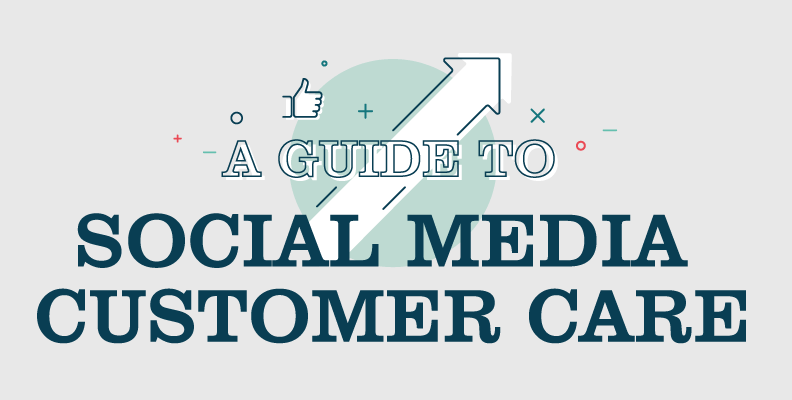How Your Small Business Can Optimize Content
Many of your customers work on their laptops, while some prefer their tablets and many operate completely off their smartphones. Consumers now move between multiple devices to accomplish their goals. Your customers can no longer be reached on one specific device or in one exact location.
90 percent of all media interactions are screen-based.1 In fact, every month, the average U.S. Internet user spends 32 hours online!1 Because your customers are so connected, the challenge your small business faces is keeping everything synced so your customers can access the same data from each of those platforms.
Content optimization is a very crucial step in your marketing strategy. Throughout the optimization process, you will be providing essential data that search engines will use to determine what your content and business are all about.2 Search engines, like Google, use this information in the search results to show relevant keywords or phrases. Content, in the form of text, images, videos, etc. is now included in these search results!
To optimize your content, here are four key elements you should keep in mind — text, image, video and news.
Text
Content optimization is important for all written text, but especially for landing pages that also display other content pieces. Pay close attention to these two text techniques when optimizing your text:
1. Title Tag. The title is used to set off the page’s title tag, which explains to the audience what the page is about. These are not just important to search engines, but are also a meaningful way to describe your content.
2. Meta Description. The meta description is a snippet of your content below the link. Its purpose is to describe the content of the page to the searcher. This is what will attract your customer to click your link.
Images
If your customers frequently search for images, the visual content you display on your website needs to be optimized. Images are included in image searches, but they can also be found in the main web search results. To optimize your images, employ these three best practices:
1. Alt Text. This is the text that the search engine uses to understand images. Add alt=text to image your image tag.
Example: <img src=“small business.jpg” alt =“Small Business” />
2. File Size. Page load times matter. So to be sure your image doesn’t take too long to load, make the image file as small as possible.
3. File Name. Before you upload your image, choose a descriptive file name. Simple as that!
Videos
It’s now easier than ever make a video. Just look at all the homemade videos that have gone viral! Videos no longer need to be professionally recorded or scripted — but they do need to be interesting and useful. To optimize your business’s videos, be sure to create a channel to host your content, be certain that your video’s title has relevant keywords and check that your video’s description clearly portrays what the video is about.
News
All small-business owners should have a website. On your website, there should be industry-related news; whether it’s a blog, news section or social networks. To optimize your news content, submit your content to Google News directly and it will be included in the news search results. Also, be sure to use relevant keywords (but not too many) and check to make sure the content has its own static URL.
Content optimization should continue to be a huge part of your marketing strategy and should be at the top of your list. If you are creating text, image, video and news content for your customers, keep in mind that the process will work much better if it’s optimized!
To learn more about optimization, check out Headway Capital’s – Optimize Your Website for Mobile
References
1Honigman, B. (2012 November 29). 100 fascinating social media statistics and figures from 2012. Retrieved March 11, 2015 from http://www.huffingtonpost.com/brian-honigman/100-fascinating-social-me_b_2185281.html
2Kuenn, A. (2013 September 12). A guide to content optimization for 4 key content types. Retrieved March 11, 2015 from http://contentmarketinginstitute.com/2013/09/guide-content-optimization-key-content-types/






